Tax Consolidation and TSFAs
Sladen Legal has significant experience in guiding clients through every stage of the tax consolidation process.
Whilst tax consolidation can provide significant opportunities for wholly-owned groups, especially in the current economic climate, the tax consolidation legislation is extremely complex and evolving and requires careful application.
Our tax consolidation lawyers have previous experience in large accounting firms and understand the technical and accounting complexities associated with the consolidation process. This gives us the unique ability to provide our clients and their advisors with strategic and practical advice as well as prepare all requisite documentation.
We offer discounted rates to accounting and professional services firms that exclusively engage us to prepare tax sharing and funding agreements and other related documentation for their clients.
Our clients include large and mid-tier accounting and professional services firms, public companies, private corporate groups and their advisers.
Why consolidate?
Tax consolidation can provide significant tax efficiencies and savings when restructuring and administering corporate groups.
To consolidate, a group must consist of an Australian-resident holding (‘head’) company and at least one wholly-owned resident subsidiary (which may be a company, trust or partnership) (specific rules apply as to eligibility requirements for membership of a consolidated group).
A consolidated group is treated as a single entity for income tax purposes and the head company is generally liable for the income tax debts of the group. The head company would maintain a single franking account and accumulate any tax losses of the group.
The tax consolidation process requires careful planning, and the assistance and guidance of experienced professionals can be invaluable:
the ability to continue to use the prior year tax losses of the members to offset against the consolidated group’s taxable income can provide cash-flow advantages to the group, provided that various tax loss transfer and utilisation rules are satisfied;
as intra-group transactions are disregarded for income tax purposes, tax consolidation can facilitate tax effective means for undertaking corporate restructures. Such opportunities must however be carefully reviewed in the context of the anti-avoidance provisions in the income tax legislation. Further, any stamp duty consequences from the transfer of business assets would depend on the nature and location of each asset and must also be carefully considered;
when a consolidated group is formed or members join an existing group, the tax cost of each subsidiary’s assets is reset at the relevant tax cost setting amount (TCSA) to recognise the cost to the head company of those assets. The TCSA of a subsidiary’s assets is based on a share of the allocable cost amount (Entry ACA) of each entity (being the cost of the head company’s interest in the subsidiary, adjusted for liabilities, undistributed profits, distributions and losses of each entity and tax deductions to which the head company would become entitled). ACA calculations are complex and require careful consideration of a number of technical concepts. With existing entities, we recommend that the tax impact of resetting the cost of assets be carefully reviewed prior to consolidating;
when an a subsidiary leaves a consolidated group, the head company is required to calculate the TCSA of its interest in that subsidiary by means of an Exit ACA calculation and allocate the ACA to its shares in that subsidiary; and
it is crucial to have the appropriate documentation in place to avoid unintended and unnecessary tax consequences. For example, if the head company fails to pay a group income tax liability by the due date, subsidiary members are jointly and severally liable for that liability. This situation can be avoided by group members executing a valid Tax Sharing Agreement which reasonably allocates the liability amongst the parties. A group member would then only be liable for their portion of the group debt, calculated in accordance with the terms of the Agreement. A Tax Sharing Agreement should also provide for the entry and exit of members to and from the consolidated group so as to ensure that:
when members join a consolidated group, the head company’s and the new member’s obligations are appropriately documented; and
when a member leaves the consolidated group, it obtains a ‘clear exit’ from income tax liabilities that are not due and payable at the time of the exit - this is especially reassuring for the third party purchaser of the shares in a subsidiary member of a consolidated group.
A Tax Funding Agreement can also provide an internal funding arrangement to ensure that the head company can fund the consolidated group's tax liability payments by members funding their proportion of the liability.
How we can help you
We can assist with preparing documentation for, and advising on:
forming a tax consolidated group, including:
a. eligibility issues;
b. transferring prior year income tax losses from a subsidiary to the head company;
c. Entry ACA calculations;
d. Australian Taxation Office notification requirements; and
e. Preparing a comprehensive report for all members of the group.new members joining an existing group;
members leaving an existing group;
Exit ACA calculations;
intra-group transactions;
stamp duty consequences associated with intra-group transactions;
restructures involving new and existing consolidated groups;
Tax Sharing and Tax Funding Agreements; and
varying an existing Tax Sharing Agreement and/or a Tax Funding Agreement.
